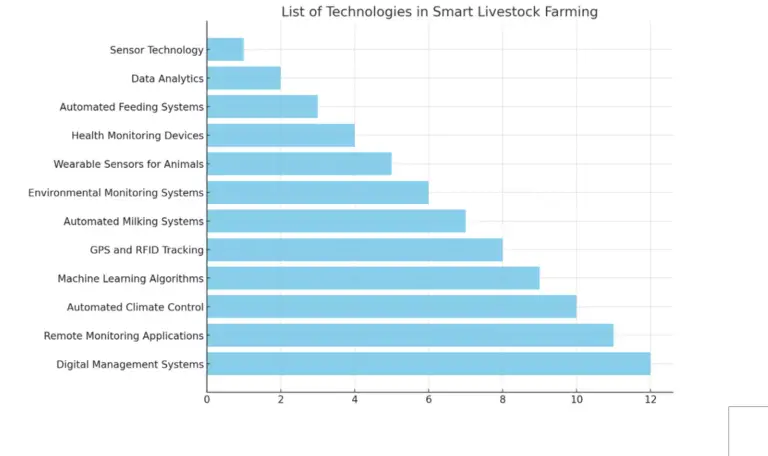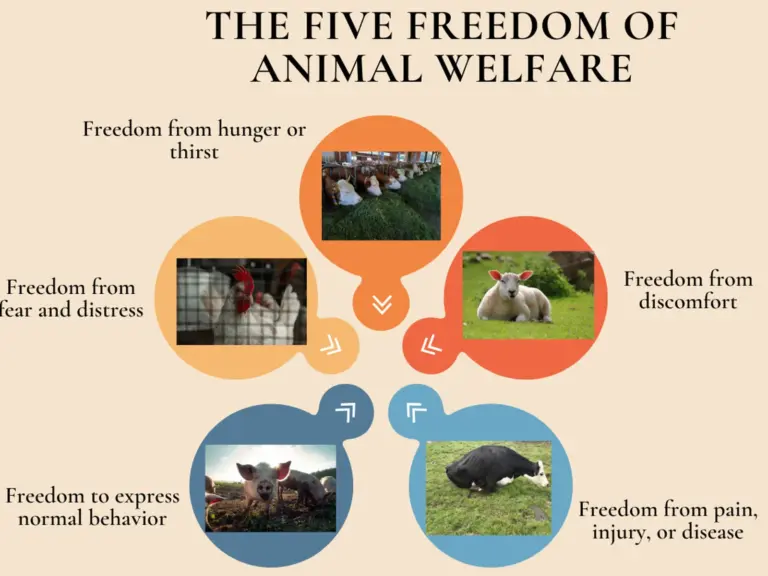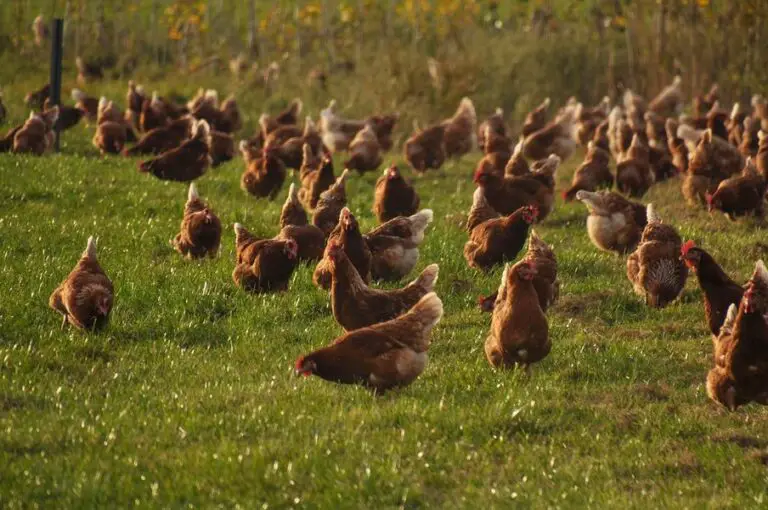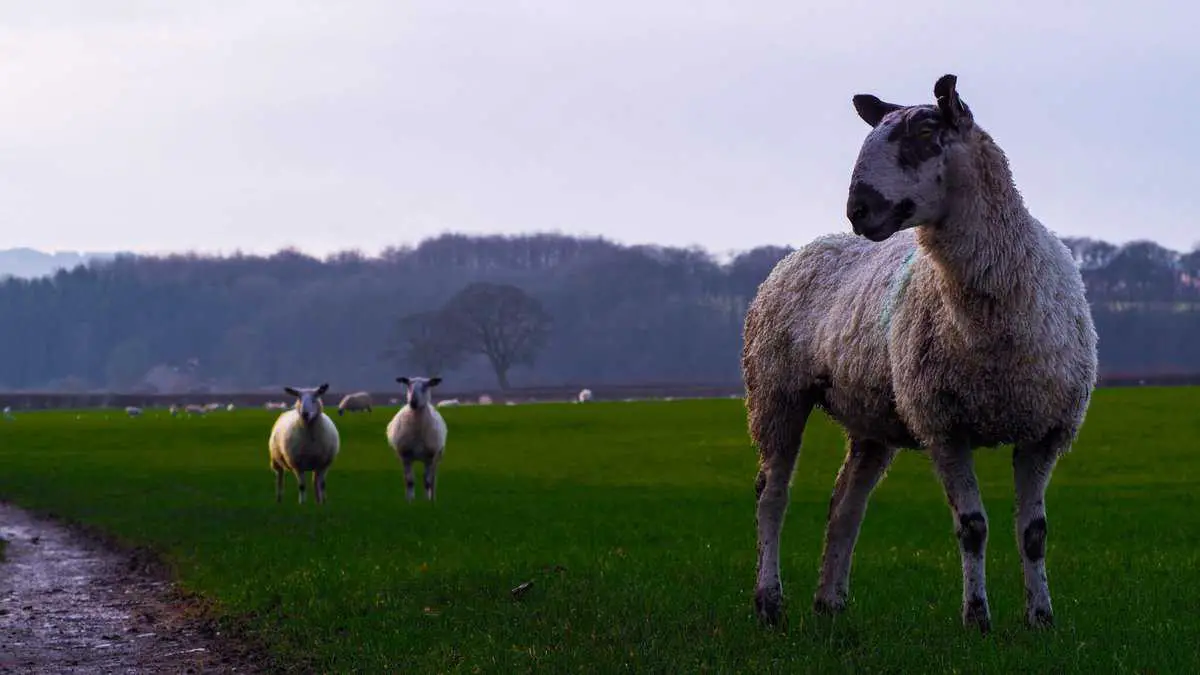
By definition from the Brundtland Report, sustainable agriculture is a production system that meets the needs of the present without compromising the ability of future generations to meet their own needs. The principles of sustainable agriculture can be divided into three categories: environmentally sustainable, economically sustainable, and socially sustainable.
Each category has its own set of criteria that must be met for a production system to be considered sustainable. These criteria include maintaining soil health, reducing inputs, promoting biodiversity, reducing energy use, and improving water management.
Different practices can be used to achieve a sustainable agricultural system. Still, all of them have the same holistic approach to protecting the long-term productivity of a farm without compromising biodiversity and soil fertility and minimizing the environmental impact of agriculture.
Holistic farming integrates animal husbandry, horticulture, and land management practices into a single system. The goal of holistic farming is to produce food in a way that is both environmentally and economically sustainable. Holistic farming techniques can improve soil health, reduce pest populations, and increase yields.
Health and Resilience of a Farm
A farm is a complex system that must cooperate with the environment, the animals, and the people who live or work on it. The health and resilience of a farm are integral to its success. Good health and resilience help a farm withstand challenges like drought, floods, pests, or poor soil quality. They also enable a farm to produce food in an environmentally sustainable way.
Chemical pesticides and tillage have been used in agriculture for centuries, but these practices are no longer necessary. Many alternatives to these chemicals and farming practices can be used to manage pests and improve soil fertility with potential benefits for the environment.
Furthermore, integrating a sustainable livestock management system into farming is essential to increase farm resilience, health, and biodiversity.
Sustainable Farming Practices to Achieve Soil Health
1. Crop Rotation
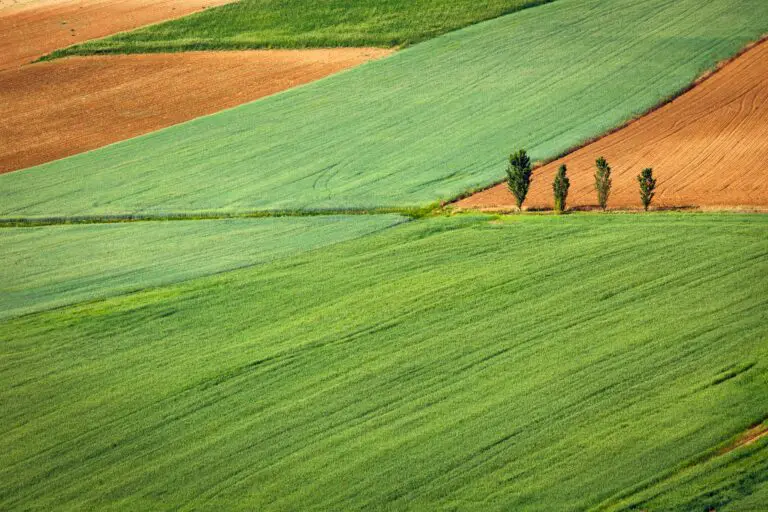
Crop rotation is the process of moving crops from one field to another to simulate the natural fluctuations of the environment. This practice helps prevent pests and diseases from spreading, and it also helps improve soil quality. There are many types of crop rotations, but the most common is the three-year rotation.
2. Crop Selection
There is an increasing interest in locally adapted plant breeds due to their benefits to the environment and the economy. Locally adapted varieties of crops can be more resilient to environmental stressors. They can produce higher yields than their traditional counterparts. In addition, locally adapted plants may be better suited to local soil and climatic conditions, leading to increased agricultural production.
3. Cover Crops
One of the best ways to look after soil health is by including cover crops in crop rotation. They help prevent soil from becoming bare, and they can suppress pests and protect water quality.
Soil with a high level of organic matter better retains moisture and helps resist hot weather or drought. Cover crops can increase the organic matter content helping to manage soil nutrients. When cover crops are harvested, it is good to leave roots that will help slow erosion by attaching to soil particles and holding them in place. This practice slows the movement of soil and water, which reduces the chance of erosion.
Also, leaving cover crops in place during dry periods can help scavenge water and nutrients that would otherwise be lost to the soil. Cover crops also help microorganisms and reduce the use of pesticides.
4. How Tillage Affects Soil Health
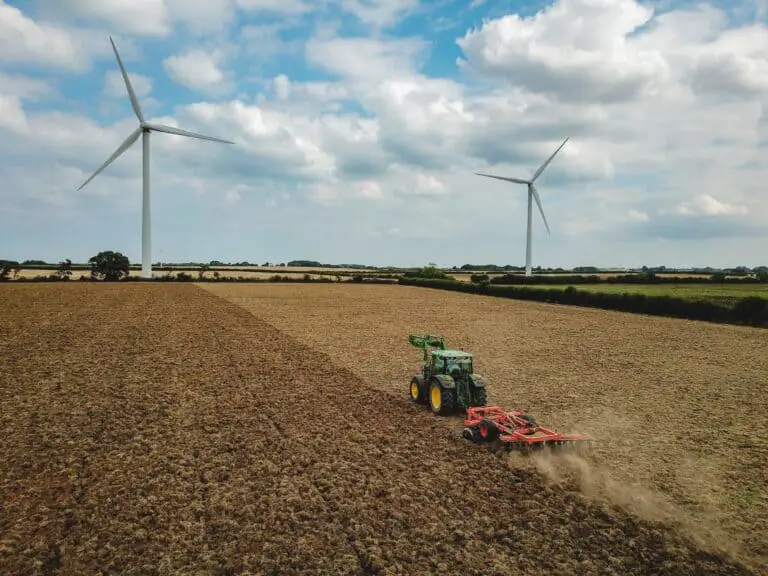
Tillage is the practice of breaking up the soil surface using a blade, chisel, or other tools. Tillage allows the seeds to penetrate deeply into the soil and potentially improve seed germination, crop yields, and soil structure. Tillage also helps reduce erosion and increases water infiltration into the ground.
However, tillage can also have detrimental effects on the ground. It can kill various microorganisms that help make the soil fertile and increase the speed of the breakdown of organic material in the soil. Tillage also exposes these materials to sunlight and air, killing them. This process can make the soil infertile and reduce its ability to hold water, compacting the soil.
Sustainable farming uses conservation tillage, or even no tillage practices, which are the techniques to reduce and maximize tillage on the soil to leave organic matter from previous cultures.
5. Pest Management
Pesticides have been used in agriculture for decades. They have been considered one of the most effective ways to control pests. However, they can be disruptive to the ecosystem. Additionally, parasites and other microorganisms can become resistant to pesticides over time.
Farmers use pesticides to control pests, but these chemicals can disturb the ecosystem’s balance of insects, plants, and other beneficial organisms. They also have the potential to contaminate water supplies.
An ecological approach to pest control is possible. It aims to increase biodiversity, creating a healthy habitat where cultivation can grow and minimize disruptive pest control strategies.
Sustainable Farm Animal Production Practices
1. High Animal Welfare and Health Standards
Husbandry has evolved over the centuries, with traditions and techniques adapting to various environmental and cultural contexts.
In modern times, there’s an increasing emphasis on animal welfare, which concerns the well-being of animals in terms of their physical health, psychological state, and ability to engage in natural behaviors.
Good animal farming practices are not just an ethical imperative; they also contribute to better animal health, affecting the quality and safety of animal-derived products and the economic sustainability of farming businesses.
Modern husbandry recognizes that prioritizing welfare and health can foster sustainable and humane animal farming practices more aligned with societal values, ecological balance, and economic sustainability.
2. Integrated Livestock and Crop Systems
Integrating livestock and crop systems involves cultivating plants and rearing animals together on the same land.
This method can enhance soil fertility, optimize land use, and diversify farm income. Through their manure, animals contribute vital nutrients to the soil, improving crop yields. Meanwhile, certain crops can provide fodder and shade for the animals.
Best animals for integrated systems:
- Cattle: Some cattle breeds can be part of integrated systems, helping fertilization processes with their manure.
- Poutry: Offer pest control and provide manure.
- Sheep: Benefit from grazing crop residues and help manage weeds.
- Goats: Consume rough vegetation, including weeds, and contribute to soil fertility.
This system can promote a sustainable, resilient, and productive agricultural ecosystem when harmoniously integrated.
3. Grazing Management
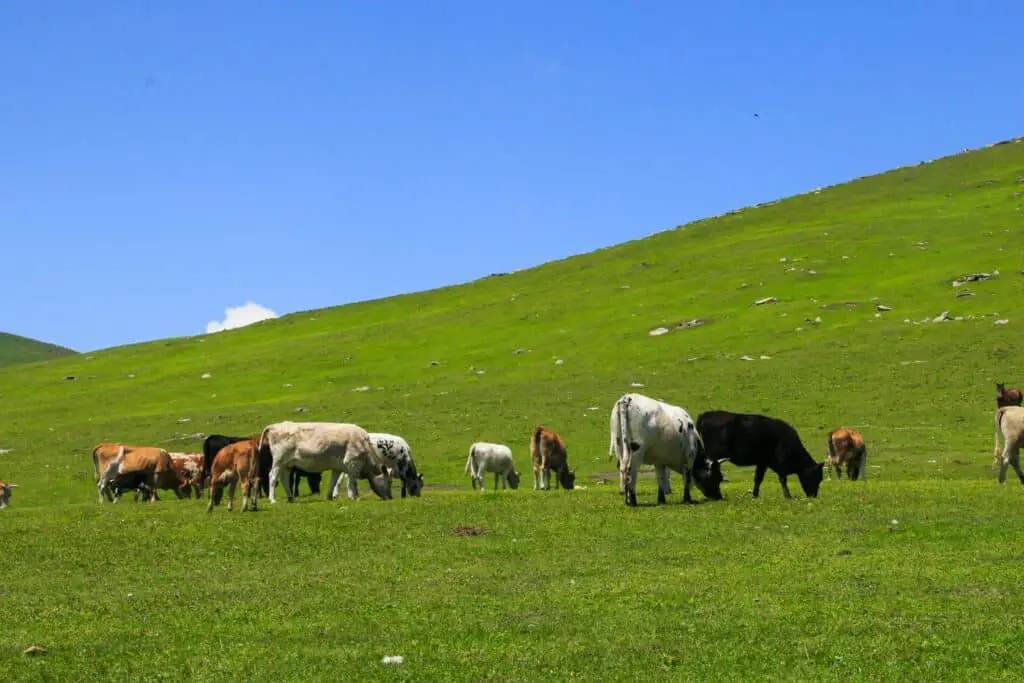
Many farms rely on livestock both for business and the management of farmland unsuitable for crop culture. Furthermore, the wise use of grassland and pastures can have a hugely beneficial effect on the environment.
Rotational grazing is where livestock is moved around different parts of a field, allowing the crop to regrow and the soil to rest and restore health.
This system is often used to help manage grasslands and improve their productivity. Livestock rotation is also beneficial for biodiversity, soil fertility, and carbon sequestration.
It is critical to have a livestock density that reflects the farm’s resources and needs.
Collecting data, monitoring grassland, and adjusting the livestock management system are also essential tools for monitoring and maintaining soil health.
Other Practices for a Sustainable Agriculture
1) Water Conservation
Water is the key element of life on the hearth. This concept also applies to agriculture. Farmers always worry about water supply and depletion, which can harm their businesses and soil health.
The climate is changing, which is why farmers see longer unusual draughts, unexpected rainfalls, storms, and an increase in flood events.
As mentioned before, reducing tillage, using cover crops, and increasing the soil’s organic matter helps the soil retain water, which can help farmers maximize water usage. Also, using drought-tolerant crops and choosing efficient irrigation systems can minimize water usage.
Managing Livestock Water Usage
Livestock is an integral part of farms and ranches. They require water, and farmers who focus on regenerative agriculture must be conscientious of adjusting livestock density according to water availability and weather condition.
How to Increase Biodiversity
- Rotations of the crop
- Use flowering plants to increase pollinators and other beneficial insects, helping counteract and minimize pest species.
- Study your field, and ask for help to understand what are the pest species on your farm
- Minimize pesticides
- Use to most suitable plants for your farm and your management and business goals.
- Test your soil to find out if you need to use fertilizer
- The overall increase in biodiversity will help the crop grow more vigorously and resist pests.
Conclusions
Sustainable agriculture is not just a trend but an essential practice that all agricultural systems should adopt to benefit our environment and future generations. The fundamental principles of sustainable agriculture – environmental, economic, and social sustainability – require implementing holistic farming practices that enhance soil health, conserve water, promote biodiversity, and maintain farm resilience.
Practices such as crop rotation, crop selection, utilization of cover crops, conservation tillage, integrated pest management, and sustainable farm animal production have contributed immensely to the sustainability of farming systems. Simultaneously, these practices offer potential benefits, such as improved yields and resilience to environmental stressors, creating a win-win situation for farmers and the environment.
Adopting and promoting sustainable agriculture is a collective effort. We encourage you, whether you’re a farmer, an agronomist, an agriculture student, or just someone interested in the future of our food system, to share your thoughts and experiences with us. Engage in the conversation about sustainable farming in the comments section.
Let’s actively partake in discussions and actions toward a more sustainable, resilient, and thriving agricultural system. If you found this article helpful, we encourage you to share it with your network. Let’s work together to promote awareness and adoption of sustainable agriculture practices.

